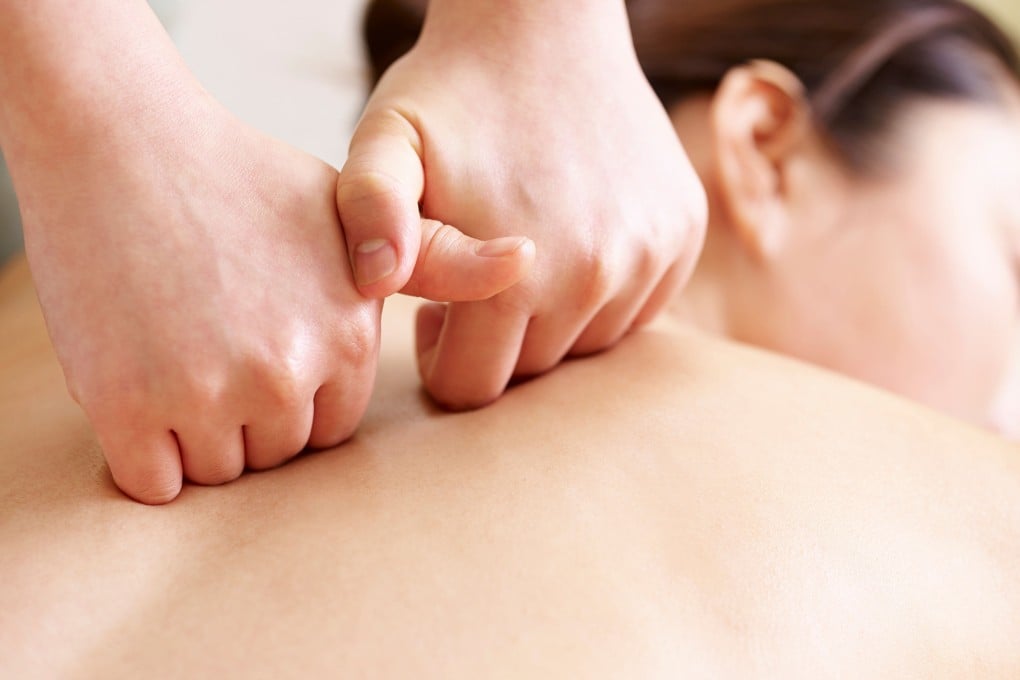Explainer | Why tui na, massage used in traditional Chinese medicine, could benefit you if you are in good health and if you are not
- Tui na uses pushing, pulling, lifting, kneading and rubbing techniques to stimulate your meridians, acupoints, muscles and nerves
- It’s said to help relieve chronic pain, headache, musculoskeletal conditions and stress-related disorders such as insomnia

To stimulate the circulation of blood and qi (“life force”) in the body, traditional Chinese medicine (TCM) practitioners employ a number of methods, including the ancient system of bodywork called tui na (pronounced twee-nah).
Using their fingers, hands, elbows, knees or other body parts, the practitioner applies pressure to the patient’s energy channels, known as meridians, and so-called acupoints, or muscles and nerves, to achieve specific therapeutic effects.
“Blockage of this flow may disrupt one’s internal balance and cause illness and pain. By applying different levels of pressure on particular regions or acupoints or along the meridians, tui na can promote qi and blood flow, remove obstructions in the meridians, relieve stagnation … and restore the body to a natural state of well-being.”

The effects go beyond the area of treatment and can have an impact on a specific system or the whole body, Chan adds.
